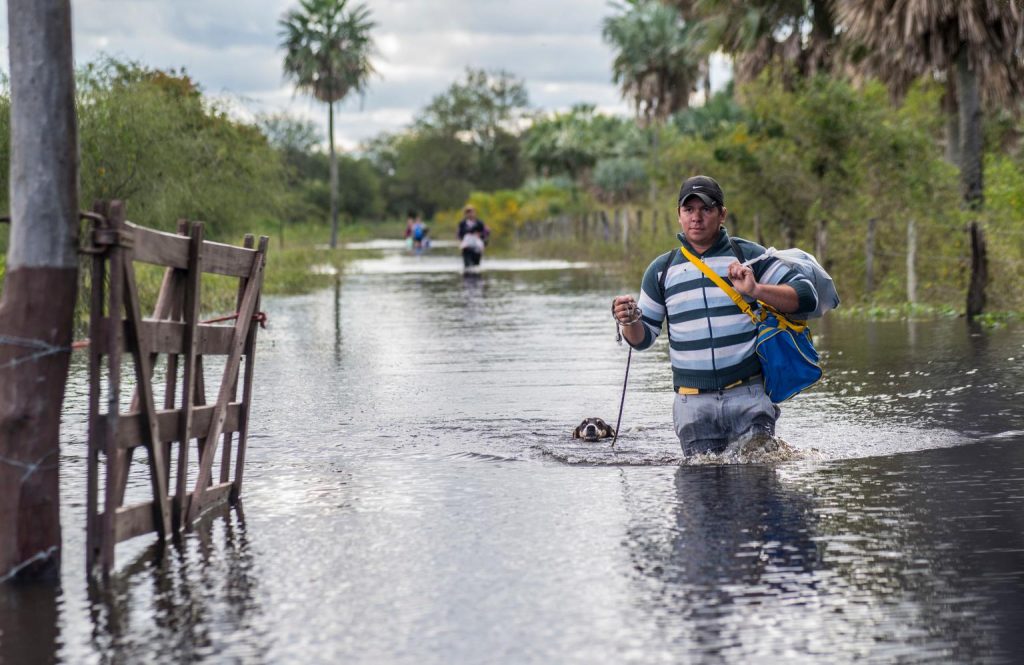The humanitarian community often finds itself unprepared for unfolding humanitarian developments or sudden events: the 2010 cholera outbreak in Haiti and the sudden spread of Islamic State areas of control in 2013 in Syria are just two of the many examples. Scenario building, an analysis of how situations might evolve, is an essential part of humanitarian operations as it informs contingency planning and preparedness measures ahead of possible developments. It can also help to ensure programming is sufficiently robust to withstand changes in the operational environment. During a separate contingency planning exercise, appropriate preparedness measures and detailed response plans are developed, based on the existing and possible future capacity to respond to the identified scenarios.
During scenario building the range of plausible developments, their predicted impact on the people affected, and the related needs are identified. Scenario building covers a range of activities including:o Risk analysis: the identification and impact of a probability of damage, injury, or any other negative occurrence. Scenario building covers the interaction between these risks and any other possible developments, including events that have a positive impact on the situation. Forecasting: prediction of the most likely future, often based on an extrapolation of historic trends. While scenario building includes forecasting, the approach is broader as it examines multiple plausible futures. This brief provides a step by step approach on how to build scenarios. The methodology can be applied to a range of settings and timeframes, from a protracted conflict to a sudden onset disaster



